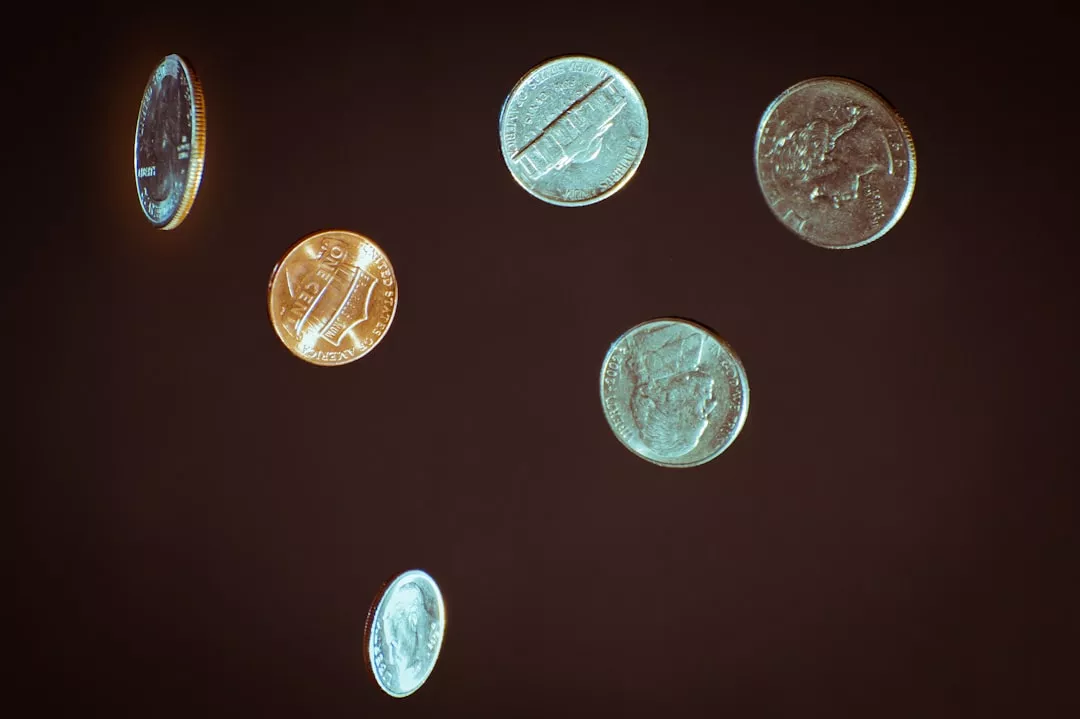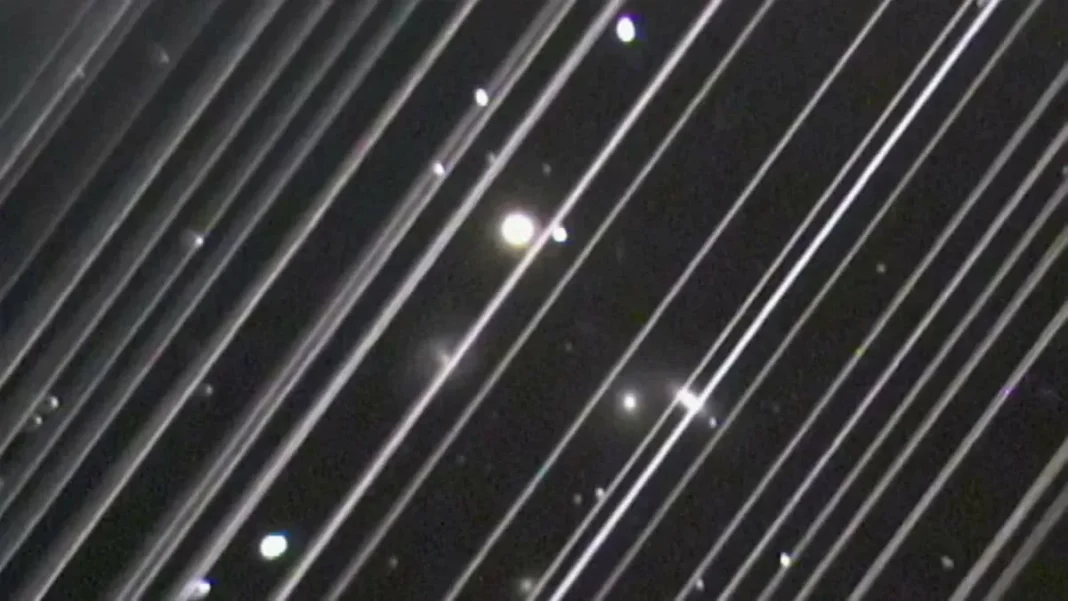Astronomers are sounding the alarms over a growing threat to space observation. In a recent study conducted by Curtin University, researchers found that Starlink’s unintended radio emissions are interfering with astronomical observations. This issue has raised concerns among experts who are now urging for updated regulations to protect radio astronomy from the negative impacts of satellite constellations like SpaceX’s Starlink.
Since their launch in 2019, the Starlink satellites have been making headlines for their potential to provide high-speed internet access to remote areas. However, their impact on space observation has largely been overlooked. According to the Curtin University study, the radio emissions from these satellites are impacting up to 30% of astronomical data, which is a significant amount.
Radio astronomy plays a crucial role in our understanding of the universe. It involves observing and studying radio waves emitted by celestial objects, such as stars, galaxies, and planets. These radio waves are crucial in revealing important information about the composition, structure, and evolution of the universe. However, the unintentional radio emissions from satellites like Starlink are causing interference with these radio waves, making it challenging for astronomers to obtain accurate data.
Dr. Steven Tingay, the lead author of the study, explains that the problem lies in the fact that current regulations do not account for these unintended signals from satellite constellations. The regulations, which are set by the International Telecommunication Union (ITU) and adopted by countries around the world, only take into consideration deliberate emissions from satellites. This means that unintentional emissions, like those from Starlink, are not being regulated.
The ITU’s regulations on radio frequency interference were last updated in 2007 and are now outdated. They do not account for the recent developments in satellite technology and the increasing number of satellite constellations being launched. This has created a gap that is now being exploited by unintentional emissions, causing them to go unchecked.
The impacts of this interference are concerning for both astronomers and the general public. Astronomers rely on accurate data to make groundbreaking discoveries and advance our understanding of the universe. However, if their data is being compromised, it can hinder scientific progress and discoveries. Additionally, the general public could also be affected as radio astronomy is used for many practical applications, including GPS and weather forecasting.
Experts are now calling for updated regulations that would include measures to mitigate the negative impacts of unintentional satellite emissions on radio astronomy. They are also urging satellite operators to be more mindful of their satellites’ radio frequency emissions and take necessary steps to reduce interference with astronomical observations.
There is hope that these concerns will be heard and addressed. SpaceX has already taken some steps towards reducing the interference from Starlink satellites. They have been experimenting with different coatings on the satellites’ antennas to reduce their reflective properties and, consequently, their radio emissions. However, more needs to be done to ensure that radio astronomy is protected.
In conclusion, the unintentional radio emissions from satellites like Starlink are posing a threat to the vital field of radio astronomy. The Curtin University study serves as a wake-up call to the ITU and satellite operators to update regulations that consider these unintended signals. It is crucial to protect radio astronomy, not only for the advancement of science but also for practical applications that affect the general public. Let us hope that these concerns are addressed promptly to ensure that the wonders of the universe continue to be revealed through radio astronomy.



